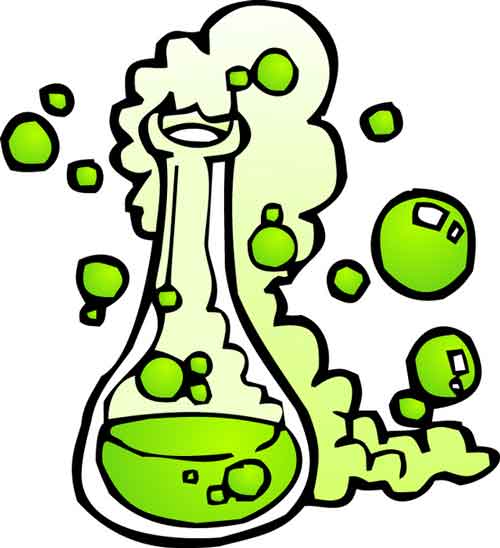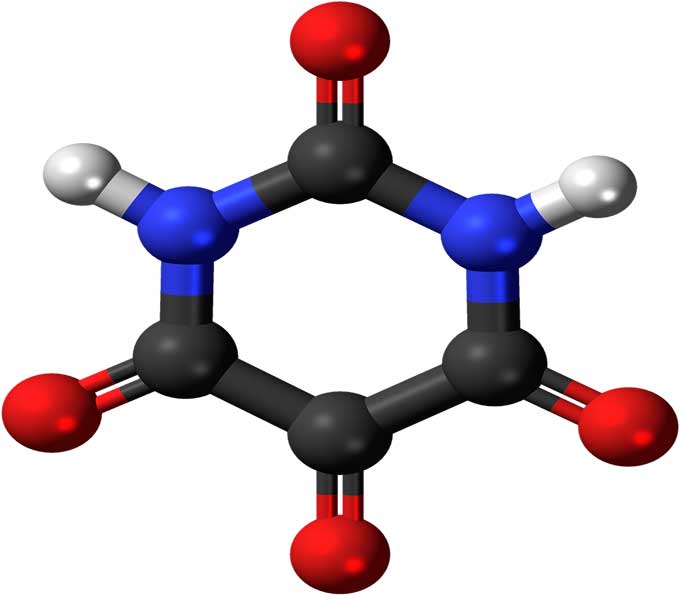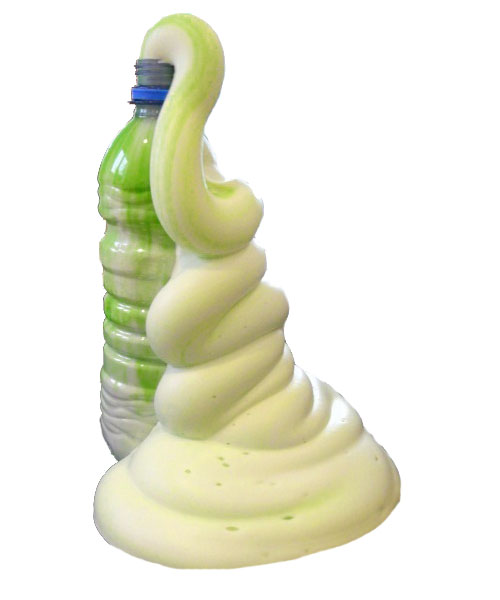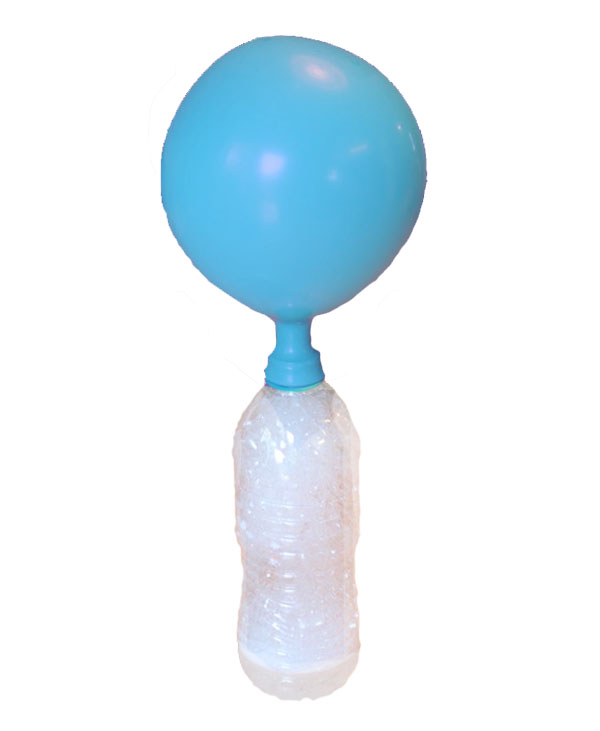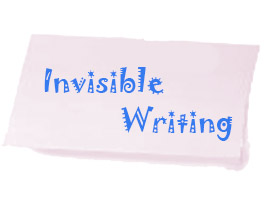Tag: chemical reaction
-

Chemical Reactions
What is Chemical Reaction? A chemical reaction is an interaction which occurs between two or more than two substances to form a new substance. For example, oxygen and hydrogen react with each other to form a new substance called water (H2O). Chemical reactions happen all the time around you, even […]
-

Chemical Bonding
What is a Chemical Bond? A chemical bond is an attractive force that binds atoms together to form new compounds. These bonds are formed in a process called chemical reaction. So, how these bonds are formed? To understand this concept, let’s first understand the structure of an atom. Structure of […]
-

How to Make Foamy Fountain
You may have seen the water fountains at many parks. These fountains give us very good view parks. So, let’s make this interesting fountain at home. This it will be colored and made of foam. We will call it the foamy fountain, and enjoy its beauty! The foam that will […]
-

How to Inflate Balloon with Vinegar and Baking Soda
Inflating the balloon with vinegar and baking soda is a classic experiment. Perform this experiments with your friends, and explain to them what is happening? You won’t need to buy anything, all the materials you will find in your kitchen easily. In this experiment, you will learn how the gas […]
-

How to Make Invisible Ink
Do you want to write some secret messages that no one can see without you? Learn how to make invisible ink from household materials, and start writing your secret messages and symbols. This is a very interesting science experiment, you will get a lot of fun. Precaution: Always wear safety goggles […]
